Strain Gage
A strain gage is a simple measuring system that determines the amount of strain, which is the displacement and deformation that results from an object under stress. It measures mechanical quantities by converting tension, force and pressure into an electrical signal. Strain gages have another spelling that is commonly known; strain gauges. This loadcell sensor type may vary in construction and measurement method. Read More…..
Our load cells are manufactured with the highest attention to detail at all stages. Whether it is through the design stage, engineering stage, or through hundreds of tests run daily, we ensure that our products outshine all competitor products.

Founded in 1985, Load Cell Central has firmly established its reputation as a leader in load cell manufacturing, custom weighing system integration, and first-class load cell repairs. Load Cell Central offers a wide variety of popular load cell and component configurations for virtually every new or old weighing system, scale or component replacement possibility. Technical and after-sale support, ...

At TyTek Industries we manufacture load cells to suit all capabilities. Our expertise has provided insight and load cell solutions for a range of customers and industries. Our engineering team’s philosophy ensures we do everything humanly and technologically possible to match your requirements with quality, cost and delivery. We’re here to help you carry the load.

Anyload has been in business for over 20 years. Anyload is experienced in the design and production of high quality standard load cells, specialty load cells, weigh modules, indicators, scales for commercial and industrial applications, and wide varieties of weighing components.

At Coti Global Sensors, we are dedicated to providing top-of-the-line load cell solutions and comprehensive services tailored to meet the diverse needs of our clientele. With years of experience and expertise in the industry, we have established ourselves as a trusted authority in load cell manufacturing, renowned for our commitment to quality, reliability, and customer satisfaction.

More Strain Gage Manufacturers
The most popular type is foil that is adhered to the object. Other kinds include semi-conductor, bonded metallic wire and carbon resistive. When measuring the strain of an object, the temperature, material properties, the type of adhesive that bonds the gage to the object’s surface and the stability of the metal all affect the resistance. Strain gages are used to detect cracking in machinery parts, as crack propagation, as an extensometer, to measure temperature, to measure residual stress, to gage shear modulus and as a transducer.
It is a vital part of a load cell, which is a measuring device concerned with identifying compression, tension and shear. Another product that does the same thing and also makes use of strain gages is the force transducer, which is like a load cell except a more complicated system that is able to do the same thing plus measure a couple other aspects of an object as well. Industries that utilize such applications include construction companies, industrial manufacturers, automotive, aerospace and robotics.
There are three main types of strains that are measured by strain gages. Poisson strain is the thinning and elongation that occurs when a bar is strained. Bending strain is determined by measuring the relationship between the force and the amount of bending, which results from a twisting action. Shearing strain occurs when stress causes angular distortion of the object being measured.
The most common type of strain gage, made of foil and adhesive, has an insulating and flexible backing, which supports the metallic foil pattern. It is attached to an object by adhesives. As the object deforms, so does the flexible foil. The electrical resistance thus changes, and is measured. When a strain gage is working as part of another system, like the load cells and force transducer mentioned above, multiple strain gages are used, connected by circuits. The formation of the strain gages is called the Wheatstone bridge equation, which was developed in the early eighteen hundreds.



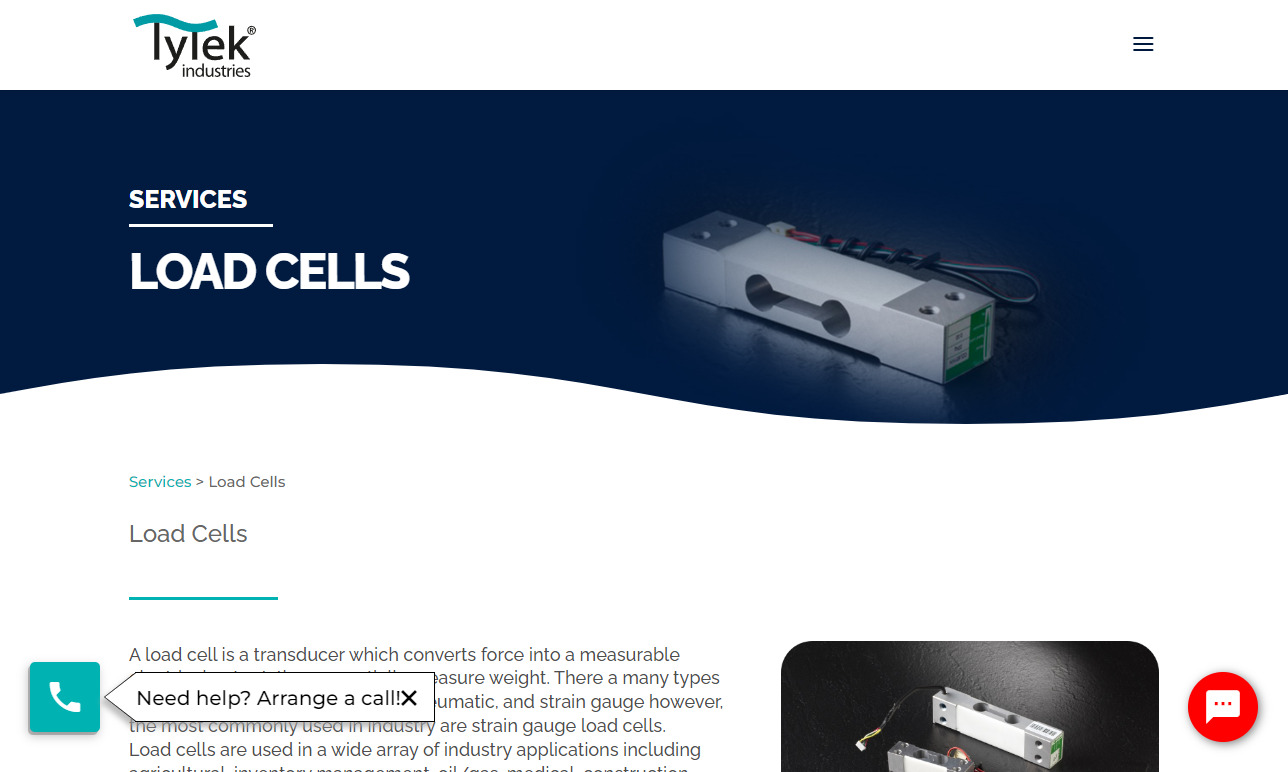











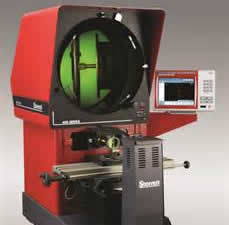 Calibration Services
Calibration Services Clean Rooms
Clean Rooms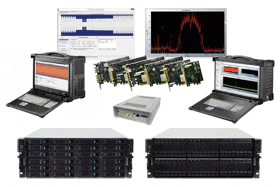 Data Acquisition Systems
Data Acquisition Systems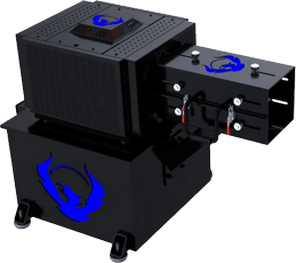 Dynamometers
Dynamometers Environmental Test Chamber
Environmental Test Chamber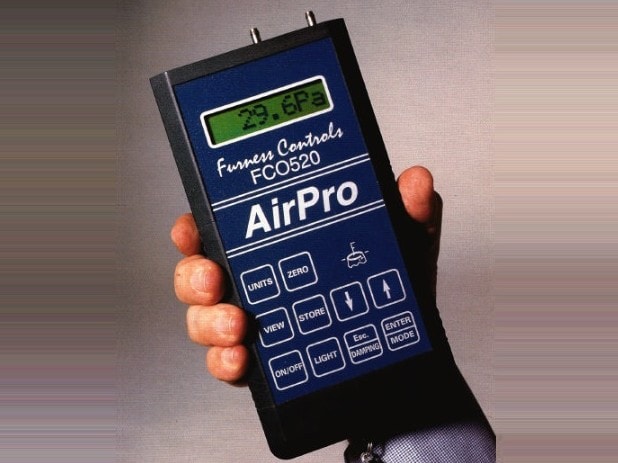 Leak Detectors
Leak Detectors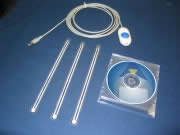 Load Cells
Load Cells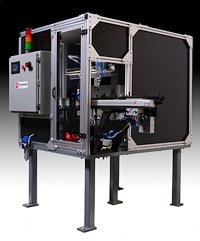 Machine Vision Systems
Machine Vision Systems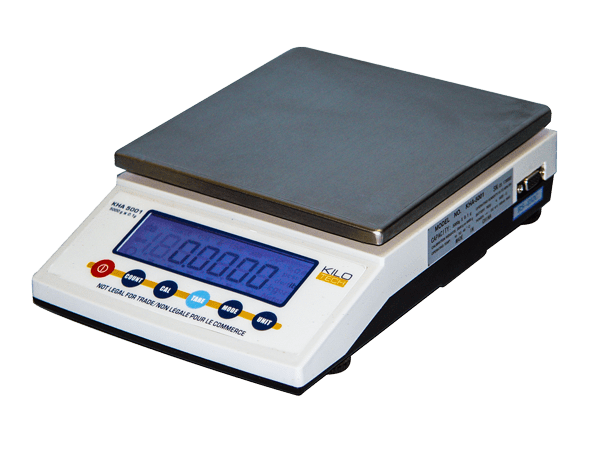 Scales
Scales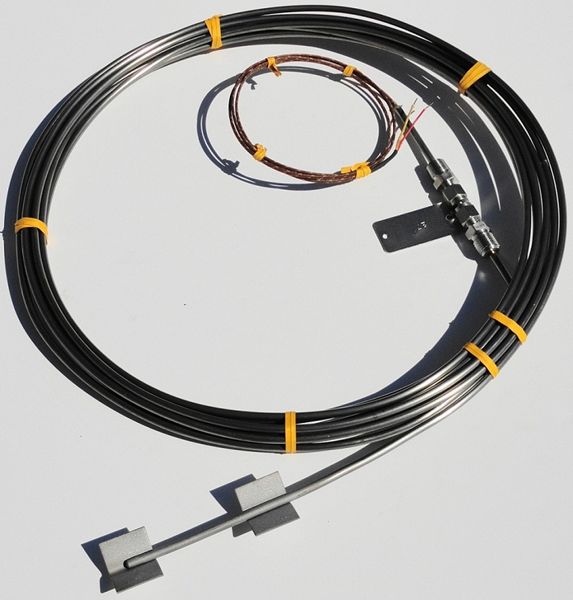 Thermocouples
Thermocouples Castings & Forgings
Castings & Forgings Bulk Material Handling
Bulk Material Handling Electrical & Electronic Components
Electrical & Electronic Components Flow Instrumentation
Flow Instrumentation Hardware
Hardware Material Handling Equipment
Material Handling Equipment Metal Cutting Services
Metal Cutting Services Metal Forming Services
Metal Forming Services Metal Suppliers
Metal Suppliers Motion Control Products
Motion Control Products Plant & Facility Equipment
Plant & Facility Equipment Plant & Facility Supplies
Plant & Facility Supplies Plastic Molding Processes
Plastic Molding Processes Pumps & Valves
Pumps & Valves Recycling Equipment
Recycling Equipment Rubber Products & Services
Rubber Products & Services